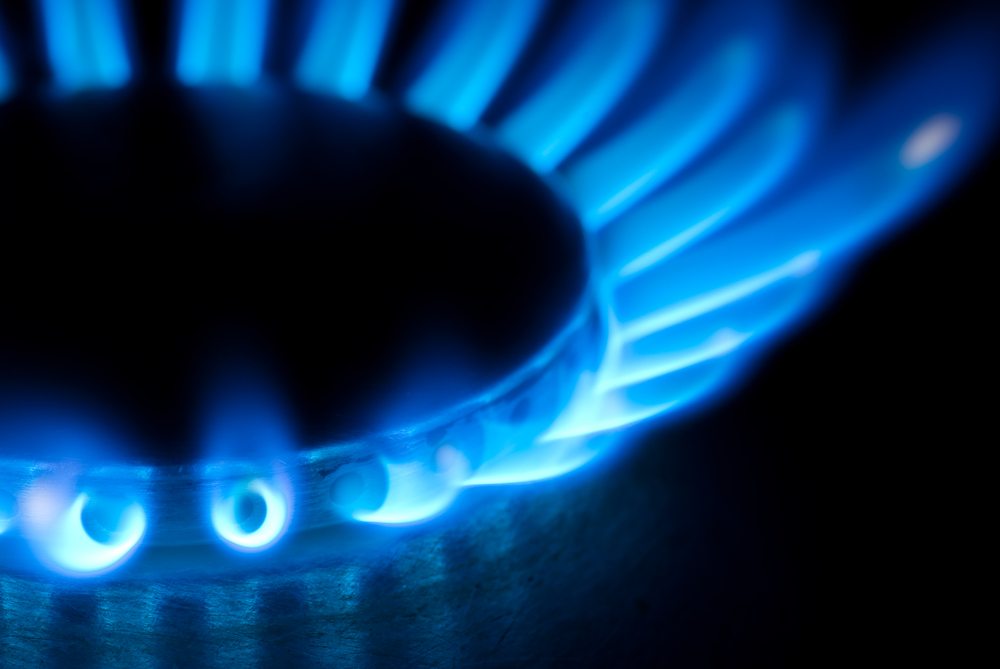Useful, cheap and plentiful, natural gas is an amazing energy source with many applications for the home, industry and businesses. In order to harness this energy, we need to use appliances that burn natural gas to create heat. This process can create carbon monoxide or CO as it is also known. Breathing in too much carbon monoxide can prove to be harmful and even deadly to human beings.
Although all gas appliances carry the risk of leaks and thus the potential for carbon monoxide poisoning, it is worth keeping in mind that with a well-maintained and regularly serviced unit, you run practically no chance at all of having an incident. Our team of specialist plumbers and gasfitters have put together some tips on how to recognise and avoid carbon monoxide poisoning.
What is Carbon Monoxide Exactly?
Carbon monoxide is a by-product of incorrectly burning fuel such as petrol, wood or natural gas. It is odourless, tasteless and incredibly toxic. It can accumulate in poorly ventilated areas where an appliance that runs on fuel, gas or wood is operating. There is no way to know that CO gas is gathering in your home without the proper equipment.
Signs of Carbon Monoxide Poisoning
Easily absorbed via the lungs, carbon monoxide can quickly damage the heart, brain and vital organs. CO molecules are inhaled into the body and attach themselves to red blood cells, preventing them from carrying oxygen. Symptoms of carbon monoxide poisoning have been described as ‘flu-like’ and include headaches, dizziness, nausea, chest pains, vomiting and a confused state. Some people may quickly collapse and pass out after prolonged exposure and are at severe risk of death.
Common Sources of Carbon Monoxide in the Home
Carbon monoxide in the home is most commonly generated by appliances such as gas stoves and ovens, hot water heaters, and kerosene heaters, as well as car engines and chimneys or flues that are not properly cleared.
What Can I Do to Reduce the Risk of Carbon Monoxide Poisoning?
Reducing your risk of carbon monoxide poisoning is relatively easy. Firstly, make sure that all your gas appliances are regularly serviced and maintained and kept in good condition. Make sure that the flame on an oven or the pilot light on a hot water heating unit is burning blue. A mostly yellow flame indicates that your gas is not being burned efficiently and CO may be present.
To be sure you are not at risk; invest in CO monitors for your home. About the size of a regular smoke detector, a CO monitor will sound an alarm when a low level of the gas has been detected.
All of us here at Collin’s Plumbing, Gas and Heating make sure that every installation, repair and service we perform is done to the highest standards, meeting strict safety guidelines.
For more information on how to best take care of your gas appliances, call on the experts at Collin’s Plumbing, Gas and Heating in Auckland!




